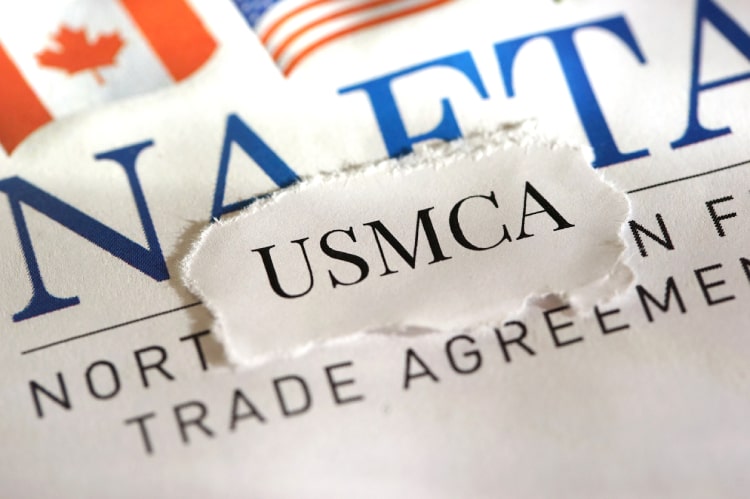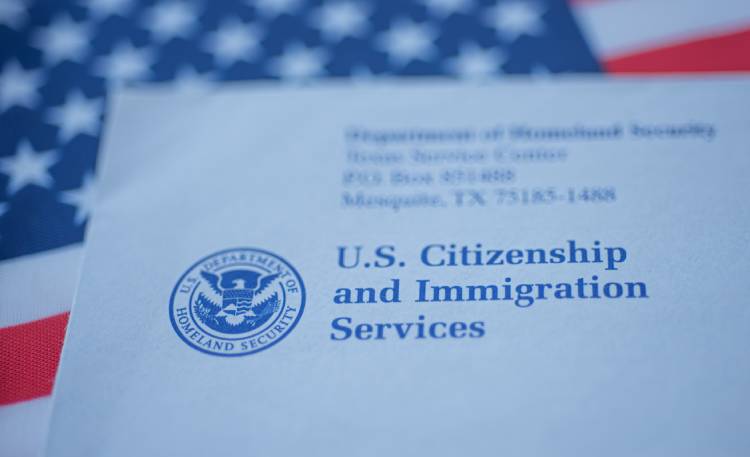Meeting USCIS Business Requirements for U.S. Employers
Understanding U.S. immigration law requirements, particularly about employment-based visas like the H-1B, and understanding what constitutes a “U.S. employer” according to the U.S. Citizenship and Immigration Services (USCIS) is crucial. For businesses seeking to employ foreign nationals under such visas, meeting these standards is the first step toward a successful petition. We explain the definition of a U.S. employer for immigration purposes here.







